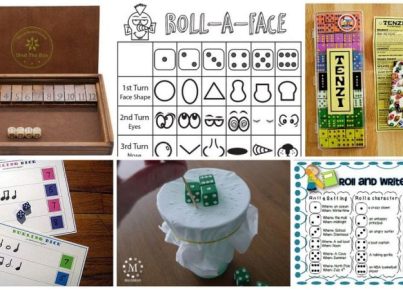Introduction:
In order to help students understand the different story elements and their significance, teachers often use anchor charts as visual aids. Anchor charts serve as a valuable resource for students to refer to when analyzing and discussing various aspects of a story. Here, we have compiled 15 clever anchor charts that can be used to teach story elements effectively in the classroom.
-
- Character Traits Chart:
Create a chart that lists various character traits, such as brave, curious, or dishonest. Show examples of characters from different stories and ask students to identify and explain the traits that apply to each character.
-
- Plot Structure Chart:
Break down the story structure into key components, including exposition, rising action, climax, falling action, and resolution. Use visuals to illustrate each stage and encourage students to identify these elements in the stories they read.
-
- Setting Chart:
Highlight the importance of setting by displaying a chart that features different settings, such as a bustling city or a tranquil countryside. Ask students to analyze how the setting impacts the events and characters in a story.
-
- Conflict Types Chart:
Introduce different types of conflicts, such as person vs. person, person vs. nature, person vs. self, and person vs. society. Provide examples and encourage students to identify the type of conflict in various stories.
-
- Theme Chart:
Help students uncover the themes in stories by creating a chart that showcases common themes, such as love, friendship, or perseverance. Display examples of books or short stories that explore these themes.
-
- Character Development Chart:
Demonstrate the changes characters undergo throughout a story by creating a chart that shows their traits at the beginning, middle, and end. Encourage students to discuss the reasons behind these changes.
-
- Point of View Chart:
Explain different perspectives in storytelling, including first person, third person limited, and third person omniscient. Provide examples and ask students to identify the point of view used in various narratives.
-
- Symbolism Chart:
Highlight the use of symbolism in literature by creating a chart that features common symbols and their meanings. Discuss how symbols enhance the reader’s understanding of the story.
-
- Foreshadowing Chart:
Discuss the concept of foreshadowing and its purpose in storytelling. Create a chart that showcases examples of foreshadowing in different texts, and encourage students to predict the events based on these hints.
-
- Tone and Mood Chart:
Help students analyze the tone and mood in stories by using a chart that presents various emotions and the words that convey them. Ask students to identify the tone and mood in different passages.
-
- Flashback Chart:
Explain the use of flashbacks in narratives and how they contribute to the story. Display a chart that provides examples of flashbacks in literature, and encourage students to discuss their impact.
-
- Dialogue Chart:
Explore the significance of dialogue in storytelling by creating a chart that showcases different ways to use dialogue effectively. Provide examples and encourage students to write their own dialogues.
-
- Metaphor and Simile Chart:
Introduce students to figurative language by displaying a chart that presents examples of metaphors and similes. Discuss their purpose in storytelling and encourage students to create their own comparisons.
-
- Irony Chart:
Explain the concept of irony and its various types, such as verbal, situational, and dramatic irony. Provide examples and ask students to identify instances of irony in texts they read.
-
- Descriptive Language Chart:
Emphasize the importance of descriptive language in creating vivid imagery. Create a chart that showcases different types of descriptive language, such as sensory details, vivid verbs, and similes.
Conclusion:
By using these clever anchor charts for teaching story elements, teachers can help students develop a deeper understanding of storytelling and improve their analytical skills. Encourage students to refer to these charts regularly as they explore the world of literature. Happy teaching!





